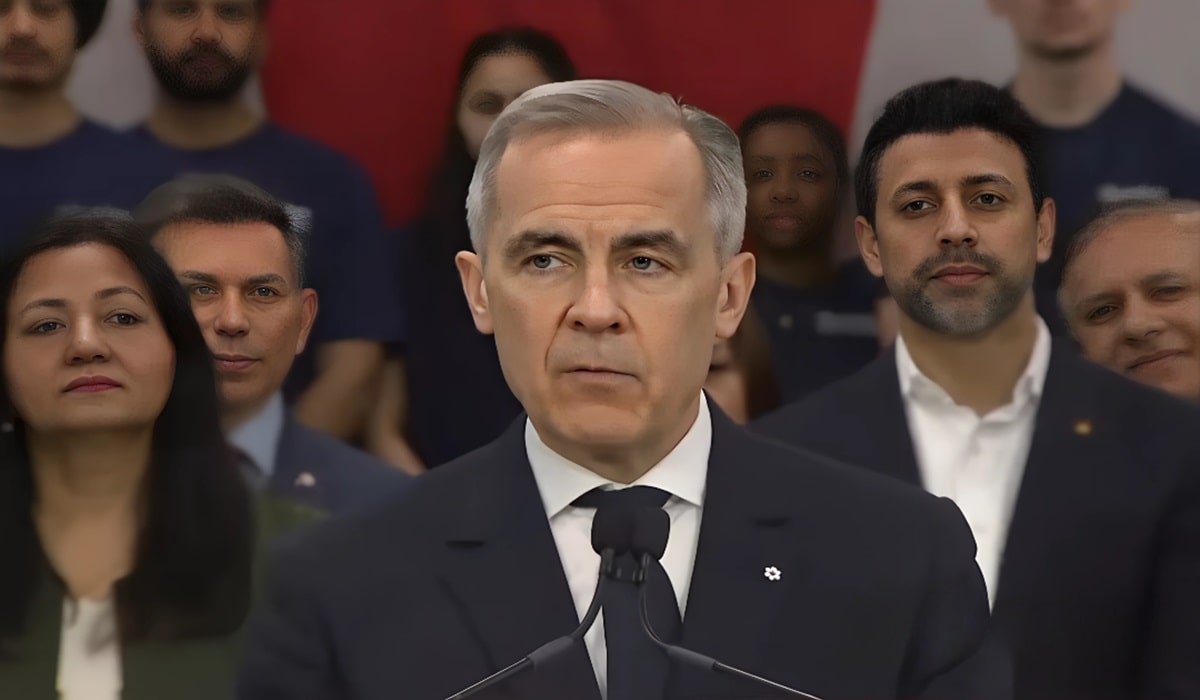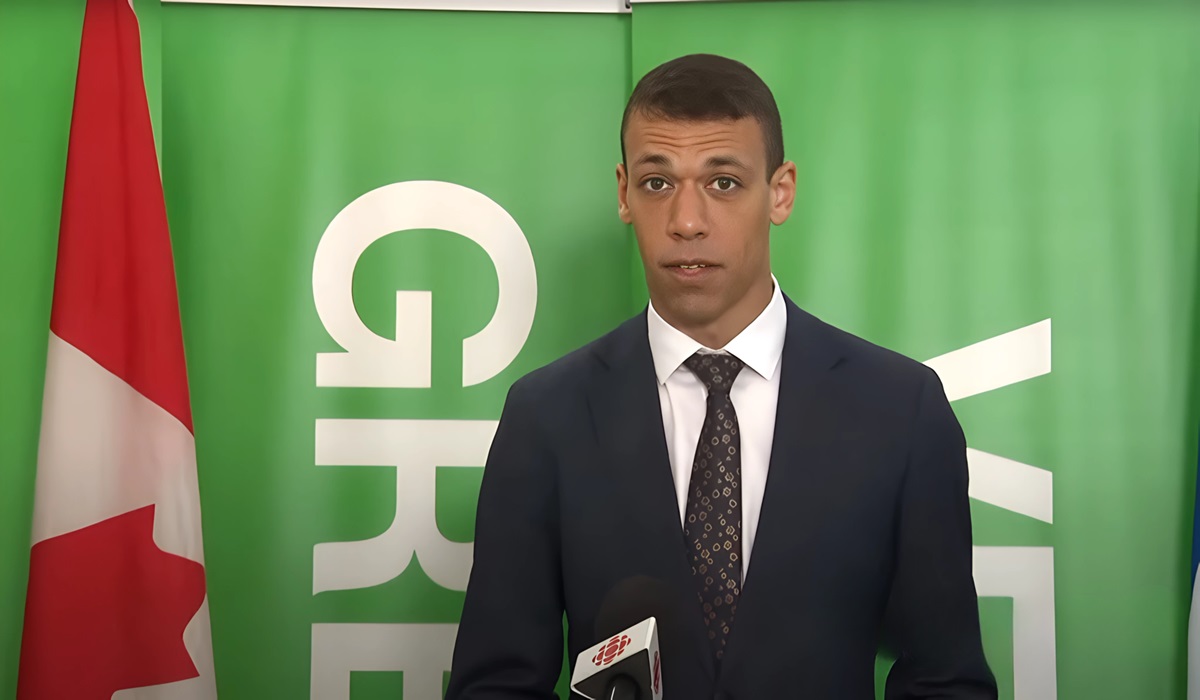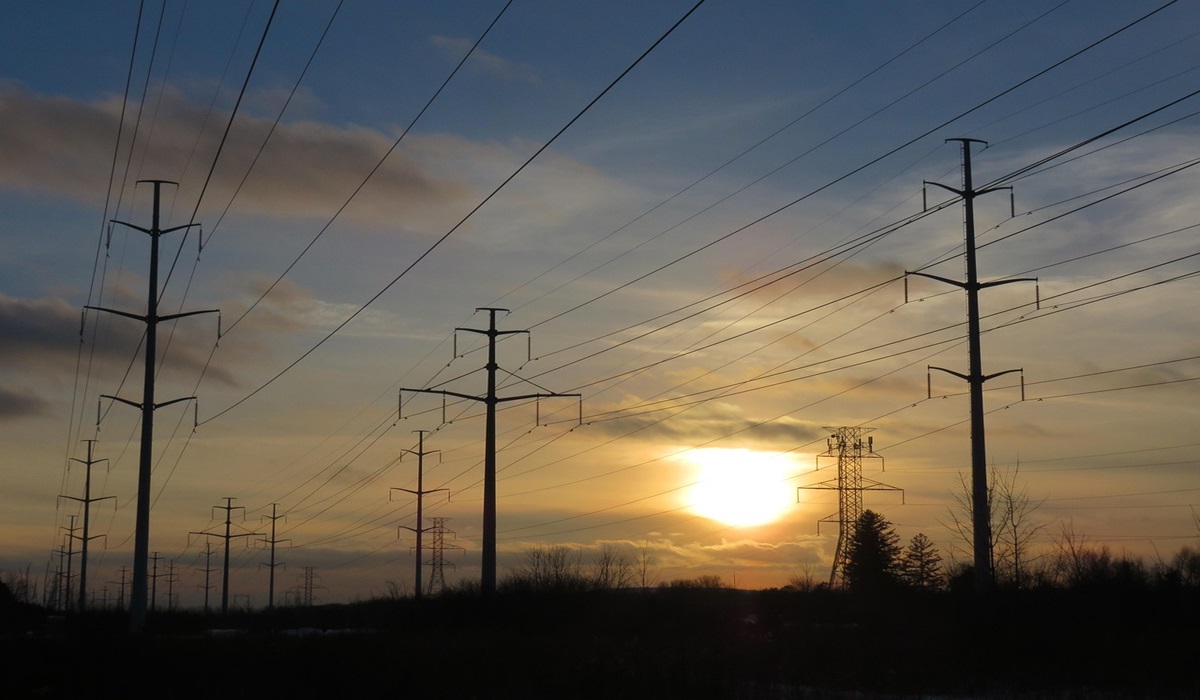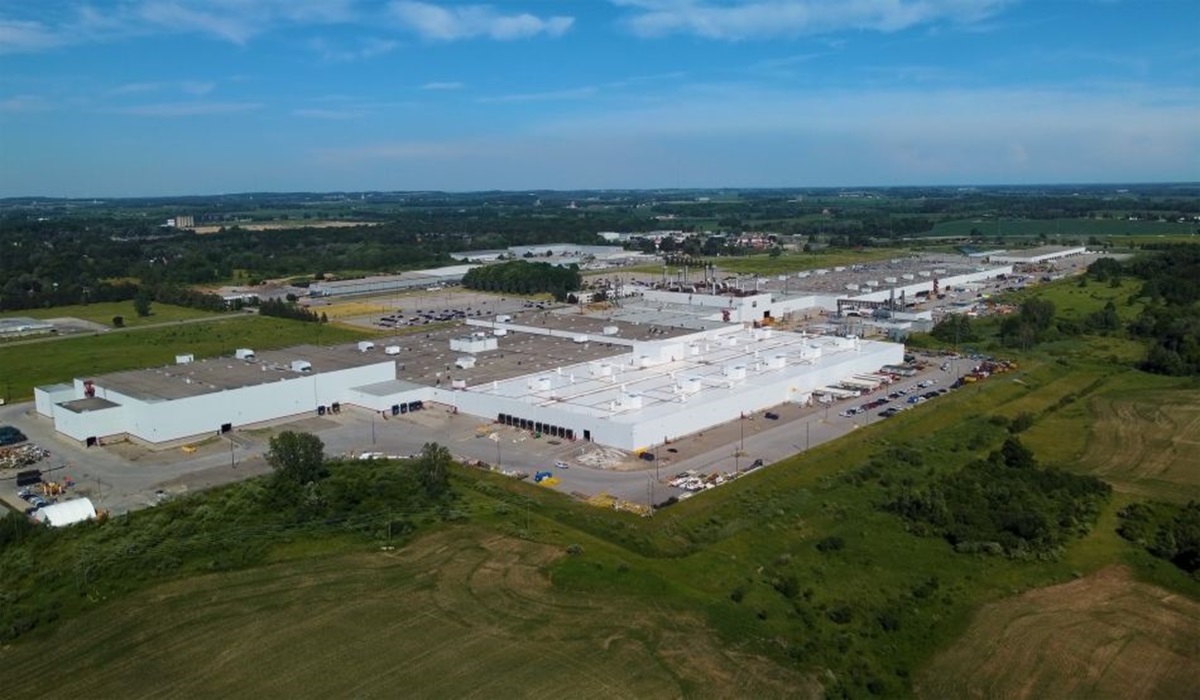A Prime Minister Coasting? Canada’s Economic Future Can’t Afford Another Month of Silence
- TDS News
- Canada
- April 12, 2025

It has been more than a month since the Trump administration blindsided global markets with another punishing round of tariffs—hitting Canada’s core industries once again—and yet, from Ottawa, all we’ve heard is the sound of shuffling papers and political caution. For Canadian businesses, workers, and exporters, the silence from Prime Minister Mark Carney’s office is not just disappointing—it’s alarming.
The numbers are already telling a grim story. In manufacturing towns across Ontario and Quebec, layoffs are underway. In Western Canada, agricultural producers are once again facing delays, rerouted exports, and evaporating margins. And in the auto sector—the crown jewel of Canadian exports—uncertainty has replaced optimism. This is no longer a hypothetical scenario where governments can afford to watch and wait. It’s real, it’s escalating, and it’s dragging Canada deeper into economic instability. The response from the federal government, or lack thereof, feels as if the strategy is to simply outlast Trump’s temper tantrum and hope he comes around.
That is not a strategy. That’s capitulation.
Mark Carney may be a new prime minister, but the moment he accepted the role, the grace period ended. He inherited an economy already bruised by years of global instability and domestic mismanagement under Trudeau. What he did not inherit was the luxury of time. Tariffs don’t operate on a campaign schedule. They don’t wait until post-election talking points are polished. And yet, the current administration is treating this as if it’s a minor inconvenience, rather than an existential threat to sectors that underpin hundreds of thousands of Canadian jobs.
This past month could have been used to rally national consensus, push forward contingency planning, or launch diplomatic offensives with state-level U.S. partners. Instead, we’ve seen half-hearted gestures and vague reassurances. No concrete relief packages. No bold industrial investment plans. No strategic pivots toward new markets. Canada’s business community is left reading tea leaves, wondering if real leadership will emerge before more plants close and more families lose income.
This vacuum in leadership didn’t begin with Carney, but he now owns it. The hangover from the Trudeau era—characterized by performative diplomacy and delayed economic action—has clearly not lifted. There’s a persistent belief in some corners of Ottawa that if Canada just plays nice, avoids confrontation, and smiles through the hardship, Washington will eventually change course. That kind of thinking might earn polite applause at international forums, but it doesn’t win battles in trade wars. And make no mistake: this is a trade war, one in which the U.S. is unapologetically prioritizing domestic gain at the expense of its so-called allies.
What Canada needs now is clarity, confidence, and confrontation where necessary. It needs a prime minister willing to step out of the shadows, take calculated risks, and put forth an aggressive plan to protect Canadian jobs, manufacturing capacity, and international trade relevance. That means more than speeches—it means real money on the table, deals in motion, and a federal government that doesn’t look like it’s trying to delay the inevitable.
We are past the point of diplomacy through silence. The next few months will either define Canada as a country that can stand up for its economy or as one that repeatedly stumbles when it matters most. Carney has a choice: lead decisively now, or be remembered as the man who watched it all unravel while waiting for a better moment.
There are no better moments. There is only right now.








